How to Deal With Grass in Your Garden for Better Growth
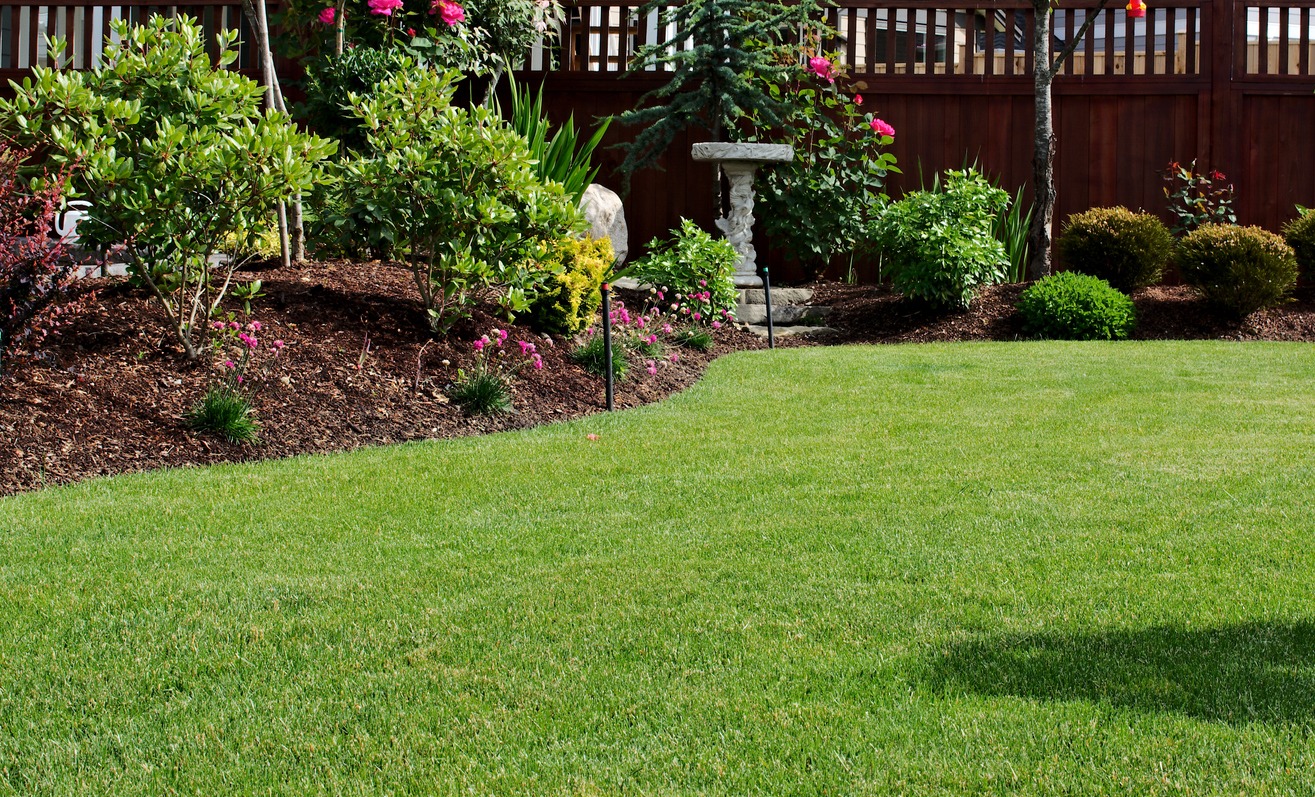
Managing grass in your garden is one of the most critical tasks for any gardener aiming for a flourishing outdoor space. While a green lawn can look appealing, grass creeping into garden beds can spell trouble. It competes with your plants for sunlight, water, and nutrients and can disrupt the design and harmony of your garden. Tackling grass head-on not only improves the health of your plants but also transforms your garden into a thriving, beautiful sanctuary.
Whether you’re a seasoned gardener or just starting, this guide offers practical, eco-friendly strategies to control grass effectively. By combining manual methods, sustainable smothering techniques, and smart planting practices, you can enjoy a lush, grass-free garden.
Understanding the Grass Problem
Grass can be deceptively simple. Its ability to grow rapidly and spread through seeds and roots makes it a formidable opponent in the garden. Many grass species are opportunistic, filling any available space and choking out your desired plants. Bermuda grass, in particular, is notorious for its aggressive nature. Its rhizomes and deep root systems allow it to invade even well-maintained gardens.
Grass lawns also have a significant environmental impact. In the U.S. alone, lawns cover nearly 50 million acres, consuming an estimated 9 billion gallons of water daily during peak summer months. Pesticides and fertilizers used on grass contribute to soil degradation, water pollution, and harm to wildlife, including bees and other beneficial insects.
Switching your focus to maintaining a garden with diverse plantings instead of expansive grass areas can significantly reduce your ecological footprint while creating a healthier and more sustainable outdoor space.
Preparing Your Garden for Grass Control
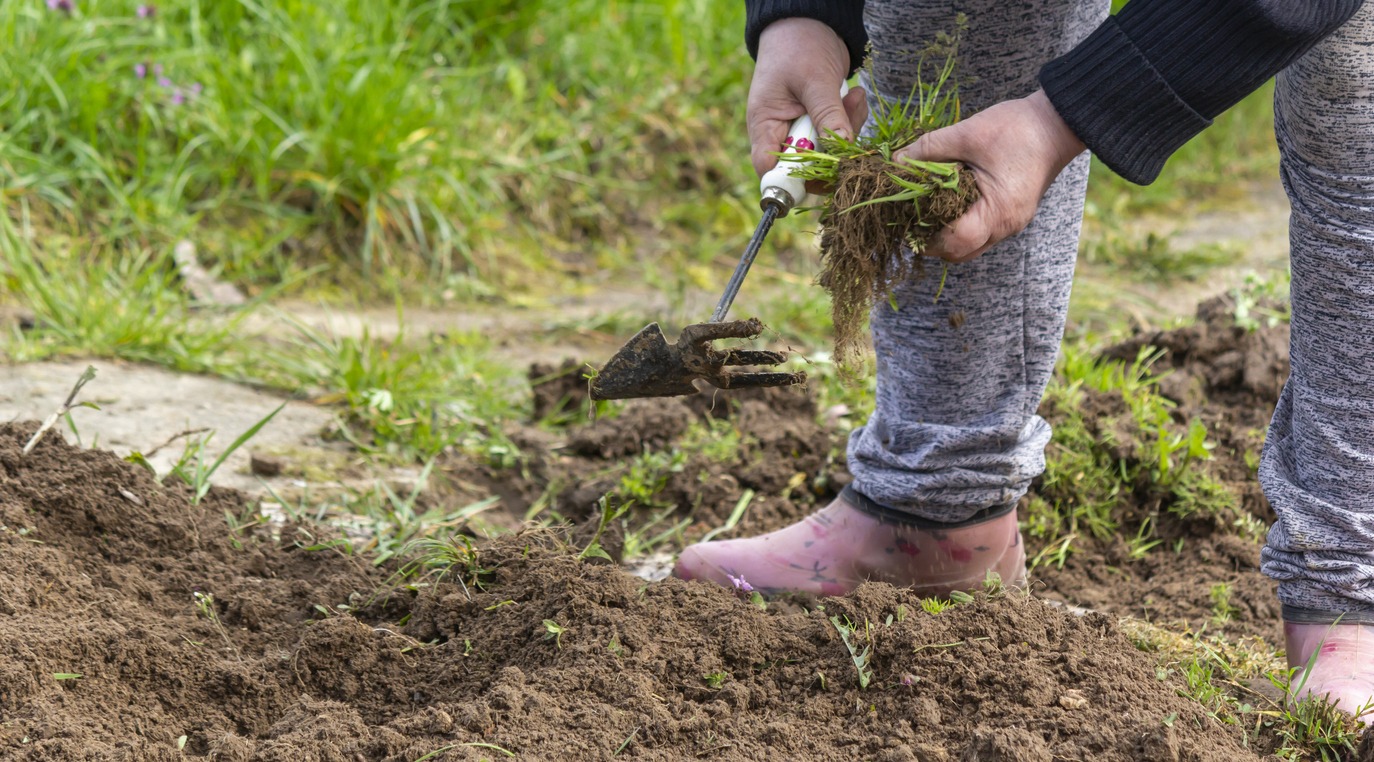
Before you begin removing grass, preparation is essential. Take time to evaluate your garden space. Are you dealing with invasive grass patches in flower beds, or is it widespread across the entire yard? Understanding the extent of the issue will help you choose the right methods.
Gather Your Tools
Having the right tools is critical for success. For manual removal, tools like a garden spade, hoe, or hand trowel are essential. For smothering techniques, gather materials such as cardboard, newspaper, compost, and mulch. If you’re planning to install barriers, consider investing in durable edging materials like plastic or metal strips. Taking these preparatory steps ensures you’re ready for effective grass control.
Evaluating Removal vs. Covering Options
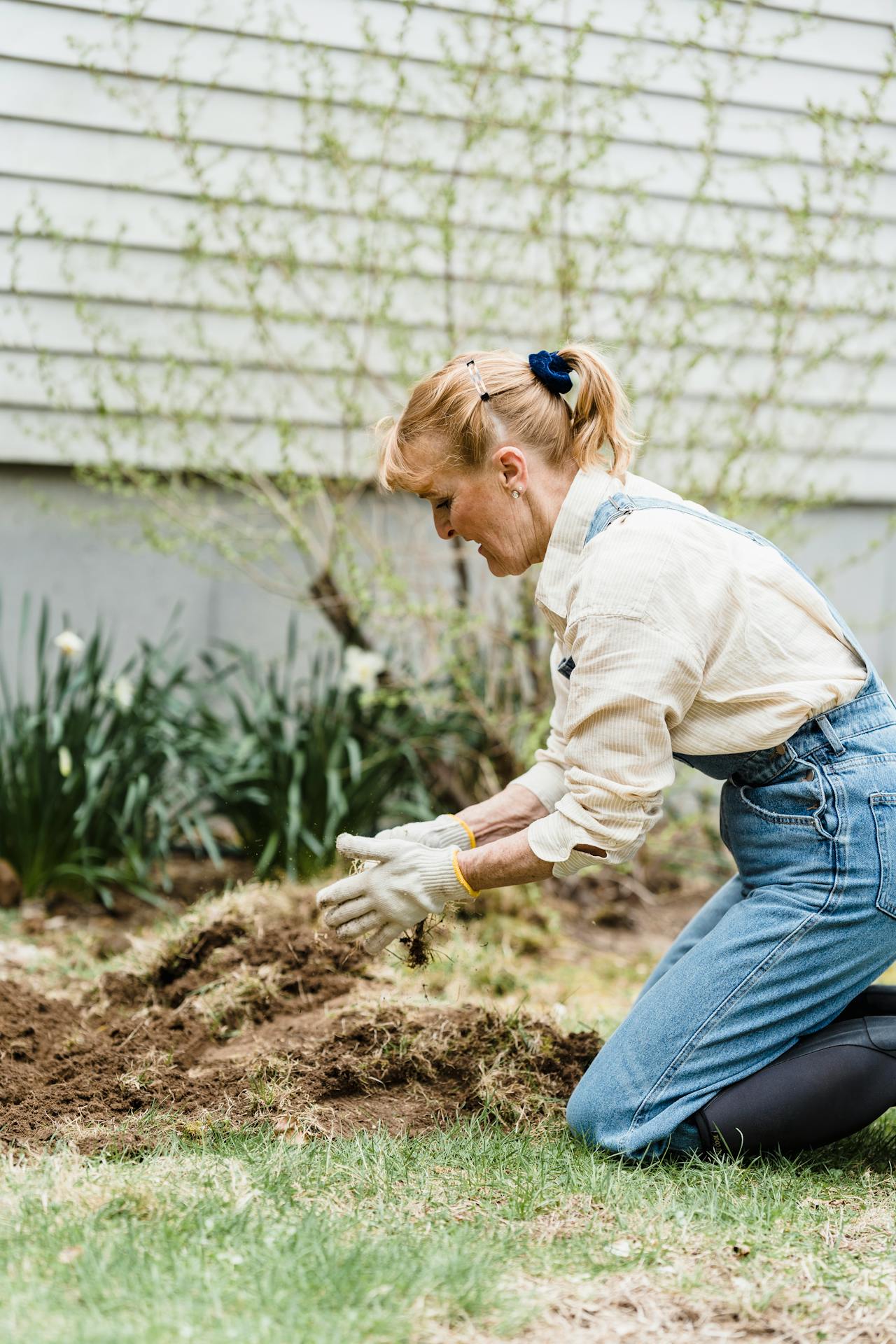
When deciding how to address grass in your garden, you’ll need to weigh the pros and cons of removal versus covering. Each method has its strengths and is suited to different situations.
Complete Removal
Removing grass entirely allows for a fresh start, giving you full control over the planting area. However, it requires considerable effort, especially for large spaces. Here are two common techniques:
- Sod Cutting: This method involves slicing under the grass to remove both the grass and its root system. It’s ideal for small to medium areas where you need a quick solution. However, this method disturbs the soil, so you’ll need to enrich it before planting.
- Solarization: This eco-friendly technique uses clear plastic sheeting to trap heat and kill grass and weeds over several weeks. Solarization is effective for large areas but requires patience and works best in sunny, warm climates.
Complete removal is perfect for gardeners who want total control over their garden layout. It’s also an excellent choice for spaces transitioning from grass lawns to flower beds or vegetable patches.
Covering Techniques
If you’re looking for a less labor-intensive approach, smothering grass might be your best bet. This method focuses on depriving grass of sunlight and gradually turning the area into fertile planting soil.
Steps for Covering:
- Start by mowing the grass as low as possible to reduce bulk.
- Lay overlapping sheets of cardboard or thick newspaper over the area. Be generous—leave no gaps where sunlight can sneak through.
- Add a layer of compost or soil on top of the cardboard for nutrient enrichment.
- Finish with a 2–3 inch layer of mulch to seal the deal and create a polished look.
Covering is especially useful for large areas and garden beds that you’re planning to convert to raised beds or ground covers.
Manual Grass Removal Techniques
If you’re someone who enjoys getting your hands dirty, manual grass removal is a satisfying and effective method. While it takes effort, it’s an excellent way to achieve precise results, especially in smaller areas or around existing plants.
Best Practices for Manual Removal
- Timing Matters: Attempt removal after rain or watering when the soil is soft. This makes it easier to pull out grass along with its roots.
- Go Deep: For invasive grasses like Bermuda, use a hand trowel or spade to dig deep and remove as much of the root system as possible. Any leftover roots can quickly regrow.
- Combine Techniques: After manual removal, add mulch or install edging to prevent regrowth and create a clean, maintained appearance.
Regularly dedicating time to manual removal, especially during the growing season, ensures that grass doesn’t take over your garden beds.
Chemical-Free Grass Suppression Methods
Gardening without chemicals not only protects the environment but also keeps your soil healthy and your plants thriving. Here are some proven chemical-free methods for grass suppression:
Smothering Grass
Smothering is one of the simplest yet most effective techniques for killing grass. It’s eco-friendly and works well for both small and large areas. To maximize effectiveness:
- Lay down a thick layer of cardboard or newspaper to block sunlight.
- Add a combination of compost and mulch to create a nutrient-rich barrier.
- Reapply mulch as needed to maintain a consistent thickness.
Planting Ground Covers
Ground covers are nature’s way of suppressing unwanted plants. Choose fast-growing, dense species like creeping thyme, clover, or ajuga. These plants not only block sunlight from reaching grass but also add texture and beauty to your garden beds.
Installing Barriers
Physical barriers, such as edging or trenches, create a permanent line of defense against creeping grass. For areas with highly invasive grass, bury plastic or metal barriers 6–8 inches deep to block underground rhizomes.
Soil Preparation for Grass-Free Gardens
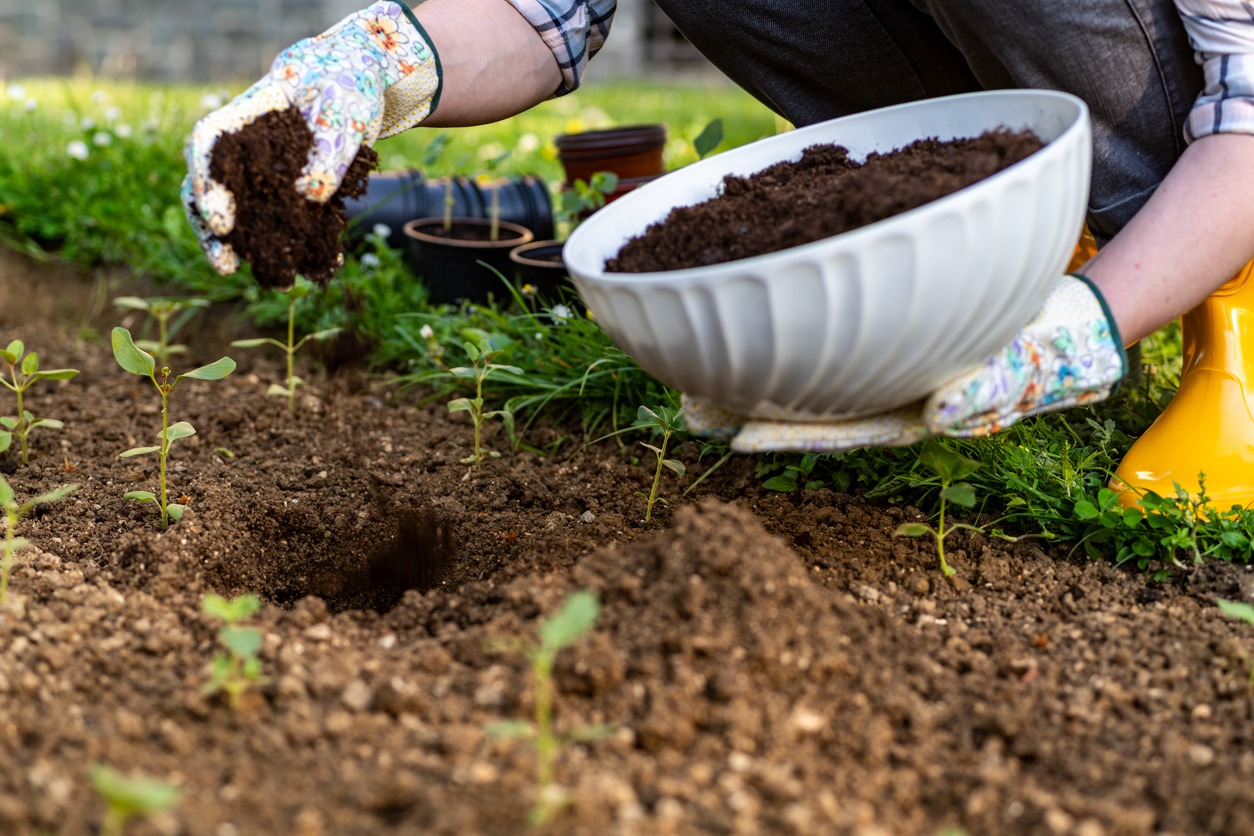
Healthy soil is your garden’s best defense against grass invasion. Proper soil preparation creates an environment where desired plants thrive and grass struggles to grow.
Steps for Soil Preparation
- Loosen the Soil: Till the soil to a depth of 6–8 inches to break compaction and improve drainage.
- Enrich the Soil: Incorporate compost or organic matter to boost fertility and encourage strong plant growth.
- Check and Adjust pH: Grass thrives in slightly acidic soil, so adjusting the pH can discourage its growth. Test your soil and amend it with lime or sulfur as needed.
Adding a mulch layer after soil preparation further discourages grass growth while improving water retention and soil health.
Plant Selection to Outcompete Grass
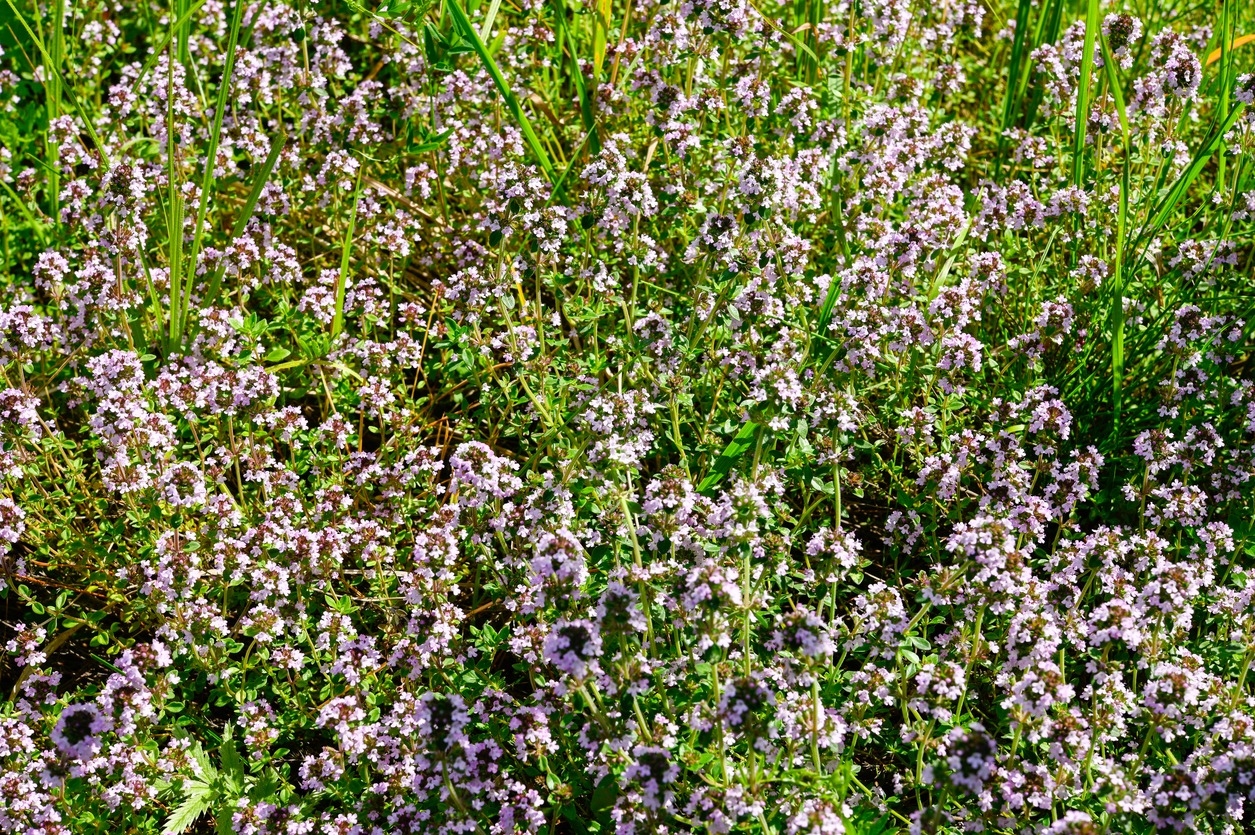
Selecting the right plants can naturally suppress grass and reduce maintenance. Choose plants that grow quickly, spread aggressively, and form dense canopies.
Top Plant Choices:
- Creeping Thyme: A low-maintenance, fragrant ground cover.
- Ajuga: A fast-growing plant with striking foliage.
- Clover: Improves nitrogen levels in the soil while smothering grass.
By planting densely and using overlapping patterns, you can effectively block sunlight from reaching grass seeds and roots.
Effective Edging and Barrier Solutions
Edging defines the boundary between your garden and grassy areas, preventing unwanted spread. Consider options such as:
- Metal or Plastic Edging: Durable and low-maintenance.
- Natural Materials: Use stones or logs for a rustic aesthetic.
- Trenches and Mulch: Dig shallow trenches around your beds and fill them with mulch to create a natural barrier.
Regular maintenance, such as trimming edges with a spade, reinforces these barriers and keeps your garden looking polished.
Long-Term Grass Management Strategies
Maintaining a grass-free garden requires consistent effort. Incorporate these strategies into your routine:
- Mow High: Taller grass shades the soil, reducing weed germination.
- Aerate Regularly: Aeration prevents soil compaction, which can invite grass and weeds.
- Apply Pre-Emergent Herbicides: Use natural options like corn gluten meal to prevent grass seeds from sprouting.
- Overseed Bare Spots: Fill empty spaces with desirable plants to crowd out grass.
Sustainable Lawn Alternatives
If managing grass feels overwhelming, consider replacing traditional lawns with eco-friendly options. Wildflower meadows, clover lawns, and hardscaped areas like gravel paths or stone patios are beautiful, low-maintenance alternatives that reduce water use and promote biodiversity.
Conclusion
Controlling grass in your garden takes time and effort, but the rewards are well worth it. By combining effective removal techniques, eco-friendly suppression methods, and strategic planting, you can create a garden that’s not only beautiful but also sustainable. Start today with these strategies, and watch your garden transform into a thriving, grass-free space that supports both plants and the environment.




